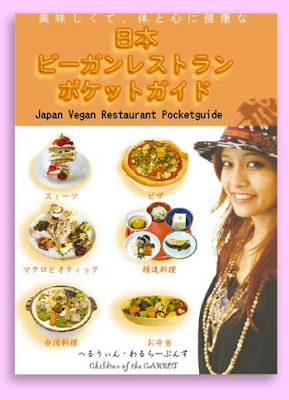Pioneers Of Organic, Vegetarian Food In Japan

I went to Koma, Saitama today for the Food Festival , a fun event sponsored by Alishan. They really are the pioneers of organic, vegetarian foods in Japan. Jack and Fey have worked so hard to bring the very best to this country, and make it easy for people to order. It was great to see my old collegues, and new staff, and the belly dancing and yoga and the same old super-busy barn atmosphere... Make sure to be there next time they throw a party. Photos from Herman's Vegan Japan blog, and from the (new) official Alishan Organic Center website. Tengu Natural Foods is their mail order service "for organic vegetarian foods, environmentally sound cleaning supplies and more to make life just that much happier and healthier." They ship anywhere in Japan in just a few days (all things being as they should). I worked there part-time 2 years ago in the packing room, climbing the stairs and learning about the organic food business. What I loved? The focus on healthy, non-GMO food...



